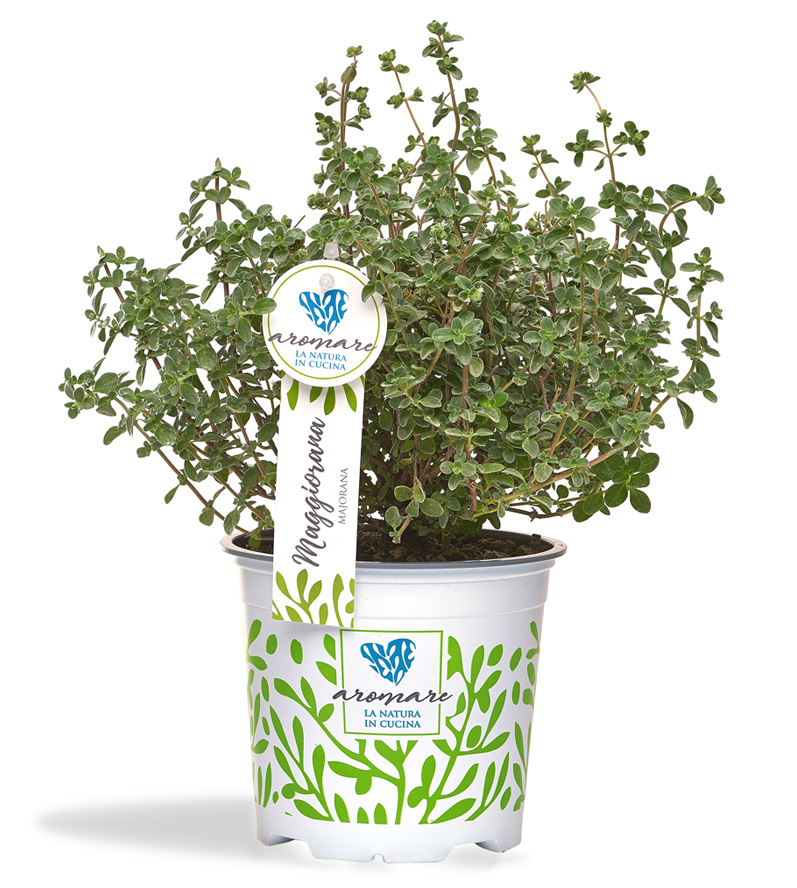
BOTANICAL AND CULTIVATION INFORMATION
The plants are positioned in a sunny place, and water for the first few months of life. Soon small shrubs will develop, which over the years will also tend to lignify at the base; these shrubs generally do not require great care or watering, and, as with other aromatic plants, such as sage or rosemary, they tend to be satisfied with rain water. In areas where the winter is definitely very hard, we grow the marjoram as annual, or let’s put it in the fall, to the ground, and mulch the area above the roots, so as to protect them from the intense cold, and allow the plant to regrow in the spring. It can also be grown in pots.
THERAPEUTIC PROPERTIES
Marjoram teas are effective as a sedative, for headaches and neuralgia, for toothache, painful menstruation and digestive problems, also having a beneficial effect on meteorism.
Its essence has a strong antispasmodic action, that is, it favours the relaxation of the muscles of the digestive and respiratory system.
Essential oil is effective for rheumatic pains and for neuralgia and vapours are very good for colds and phlegm. It is also used in perfumery to make soaps and hair products and is also widely used in aromatherapy.
It has an aroma very similar to that of the oregano but much sweeter and is very sought after in the kitchen to flavour meat, fish, vegetables and soups.
As it is a plant that loses much of its aroma with drying, it is good to use it fresh, adding it at the end of cooking.
With the leaves, fresh or dried, you prepare a delicious tea that reminds you of a fragrance of thyme, rosemary and sage.
USE FOR COOKING
Complementary: oregano, thyme, fennel, basil.
Properties: aromatic, anti-spasmodic, anti-septic, anti-inflammatory.
Recipes: roasts, baked potatoes, pasta, vegetable creams and omelettes.
Pairings: recipes based on walnuts, fat cheeses, bread and savoury biscuits.
